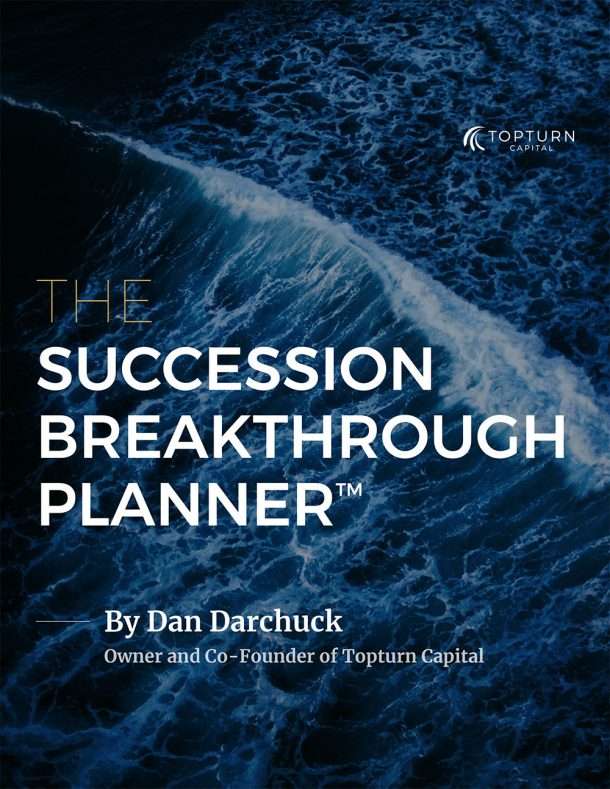From an investing standpoint, 2018 seemed to go on forever. To better understand why, let’s first take a quick look back at 2017.
Throughout 2017, the S&P500 moved forward without so much as even a 3% correction. Intraday volatility was at its lowest since 1964. The markets felt safe, and dare say, somewhat predictable.
2018 brought dramatic change, with intraday volatility in the Dow hitting its highest level since 2009. Despite that volatility, U.S. markets – bucking a worldwide trend – were up by as much as 7.0% by the end of September.
What happened next? Certainly, political winds of change were blowing, but that was mainly just noise. It was likely interest rate hikes, along with the Fed’s ending of quantitative easing, that were the biggest factors as the tide began to turn in the last quarter of the year.
Rate increases are seen by investors as a drag on future corporate earnings and an increased cost for the country’s service of debt, and increasing costs equal less money to spend on consumer and corporate growth. Markets interpret this as a potentially slowing economy. These indicators, coupled with the already high equity valuations we’d written about in the past year, made for a tide that turned quickly.
How quickly? By the time the books closed on 2018, the S&P500 and the Dow Jones both ended down around 6%. Outside of the country, emerging markets were down as much as 10%, europe was down 11%, and commodities as much as 15%. It was the first time in 46 years that not one of the eight major U.S. asset classes produced at least a 5% annual return. The cliché is that there’s always a bull market somewhere, but I don’t think there was a bull market anywhere in 2018.
Our firm’s flagship strategy had been fairly conservative throughout most of 2018, falling behind most of the indices throughout the first two quarters of the year. In September our indicators aligned us even more on the side of conservatism, and the strategy ended the year in a positive position—neatly outperforming every single index in the country.
There were really only two places where anyone made money in 2018. The first was simply by staying in cash. Treasury bills were up almost 2% and made a good case for keeping your cash, if not under the mattress, then at least in ‘high-interest’ savings. The second was through investing in a tactical strategy, one that took risk off before the last quarter of the year hit. Fortunately we happen to subscribe to the latter.
Looking forward to 2019…
At the time of this writing, we’re two weeks into 2019, and we’ve already had a fairly decent bounce in the markets. Indicators are signaling that this may be the bottom of the cyclical bear market. However, it’s likely the market will want to test that level again, at least one more time in the first quarter of the year.
Potential Headwinds
Corporate Earnings –
If you’re a corporation running your numbers for 2019, you’re going to have a tough time comparing these against your 2018 financials. Most U.S. companies posted great earnings growth in 2018 on the back of tax cuts and corporate buybacks—two things that are unlikely to repeat in 2019.
Corporate earnings are going to have to be adjusted. Apple has already come out and confirmed that they don’t expect their sales to be as strong as their initial forecast. It’s likely they won’t be the only ones singing that (i)tune.
As we’ve already mentioned, as interest rates have been rising, payments on corporate (and government) debt have followed. The cost of labor has also been rising. Both of these are taking a bigger bite out of corporate budgets, leaving less on the table for earnings growth.
For many companies, those first quarter 2019 earnings growth numbers are simply not going to look like 2018. Expectations will have to adjust for everyone, which is definitely a headwind that could have an impact on market returns.
Trade Wars Discussions
Trade talks with China have been heating up for quite some time. While China has made some pre-emptive concessions in the weeks since leadership from both countries met, progress towards developing a trade agreement has been slow. The deadline of March 1 is firmly in the latter part of the first quarter, and likely to leave the markets with unease until a firm handshake is in place.
Global Economics
While The U.S. has been doing pretty well economically, the same cannot be said for the rest of the world, which has been experiencing what some are whispering might, in fact, be a recession. Ongoing concerns with China’s trade agreements around the world, as well as the potential “buyer’s remorse” that the U.K. may be experiencing regarding Brexit has left many things uncertain. Until some kind of resolution occurs in these areas, among others, the uncertainty will continue to impact world markets.
And Now the Positives…
U.S. GDP
There’s good reason to believe that the U.S. gross domestic product will continue to grow in 2019—perhaps by as much as 2.5% to 2.75%. Continuing GDP growth indicates that the economy remains growing, and continues to sidestep a recession.
Interest Rates
We may get a pause from the Fed on the continuing interest rate hikes, or at least a slow-down in the number of hikes as compared to last year. Research is indicating that if there are hikes, there may only be two, which would put the Fed in “neutral” mode, attempting to match interest with inflation.
Valuations
Valuations have come down and are much closer to fair value, a significant change to where we’ve been for quite some time. The valuation correction is a positive, as it indicates that people are pretty pessimistic. Pessimism is generally a positive indicator for future market returns.
Third Presidential year
The third year in a presidential term usually produces the highest rates of return out of any of the four years. A split congress with a Republican in the White House in the third year has historically produced one of the strongest markets.
Typically, fiscal stimulus is ramped up in this year, as the current government will be heading into an election year in 2020. This kind of stimulus usually creates growth, and therefore, more positive market returns. Of course, there are outlier years where that doesn’t happen—and usually that president isn’t re-elected.
Tax Refunds
The 2018 Tax Cuts & Jobs Act will be echoing in 2019, as it’s the first year when people will see refunds as a result of this change. Most people in middle and lower income brackets are going to see more money in their pockets around tax time. Higher refunds in the hands of consumers usually results in higher spending, greater corporate revenues, and greater market returns thereby.
Altogether….
There’s good reason to believe we’ll have a pretty rocky first half of 2019, as the markets work with reduced corporate earnings and the instability caused by political uncertainty. The latter half of 2019 is in a good position to present positive returns for investors, potentially in the high single digits, or low double digits. Technology and health care companies, which are well positioned to grow in markets like these, are likely to be leaders in the year ahead.
What drives the market more than anything else, however, is not rates of growth or even booming economies. The true driver in the markets is change. Whether the change is acceleration of earnings or inflation, or deceleration of interest rates or cash flow, the market is paying much more attention to these changes than it is to any other factor. The market looks forward to what is likely to come out of today’s changes in speed, and adjusts accordingly.
What drives any decision we make is careful analysis, not only of where we’ve been and where we are, but of where we are going to be. This may mean being out of sync with the market, trailing the indices, and making decisions that appear counterintuitive in times when the herd is racing off in a single direction.
In 2018, we became significantly more conservative, and you ended up with results that were comparatively favorable. Leaving the party early may feel a bit out of step, but the next day when fellow attendees are nursing a hangover, we all feel a little quietly grateful for having escaped.
~ Greg Stewart, CIO


